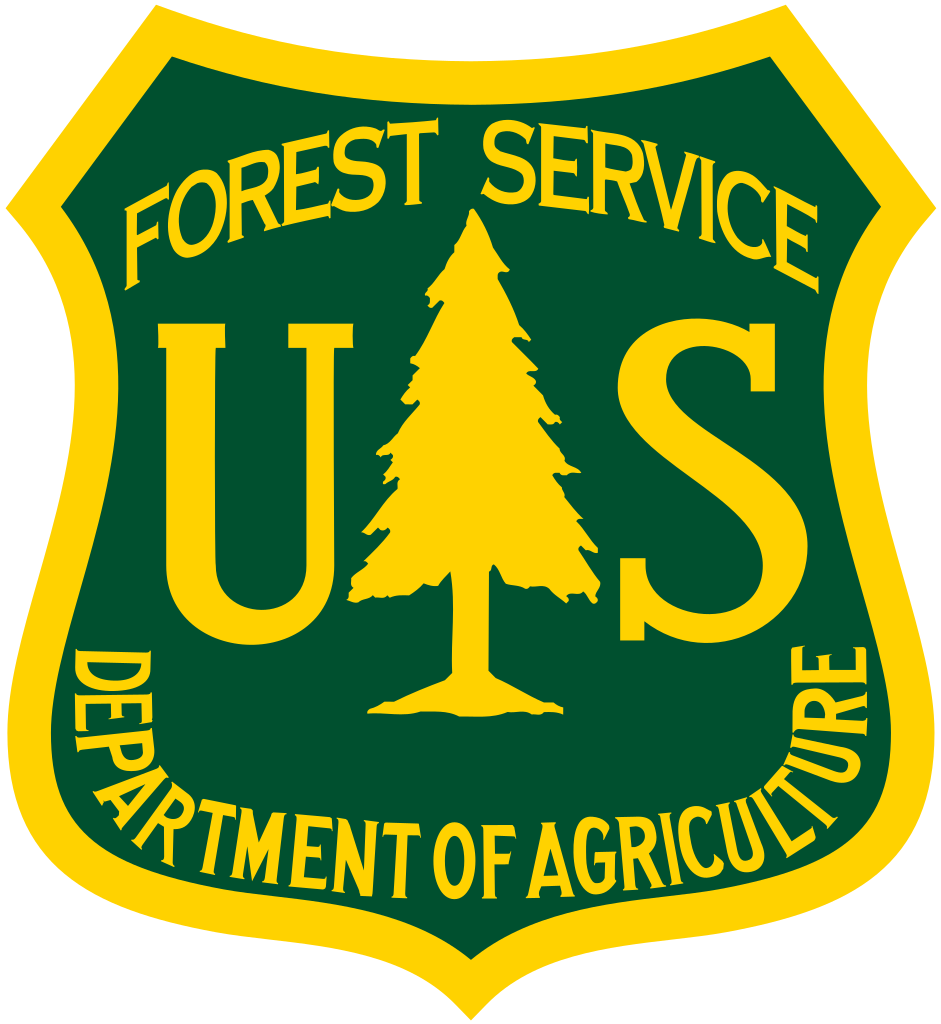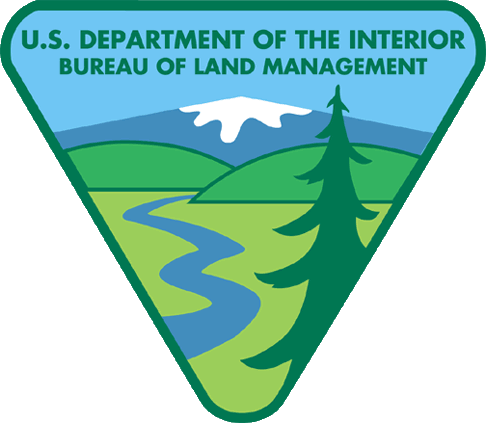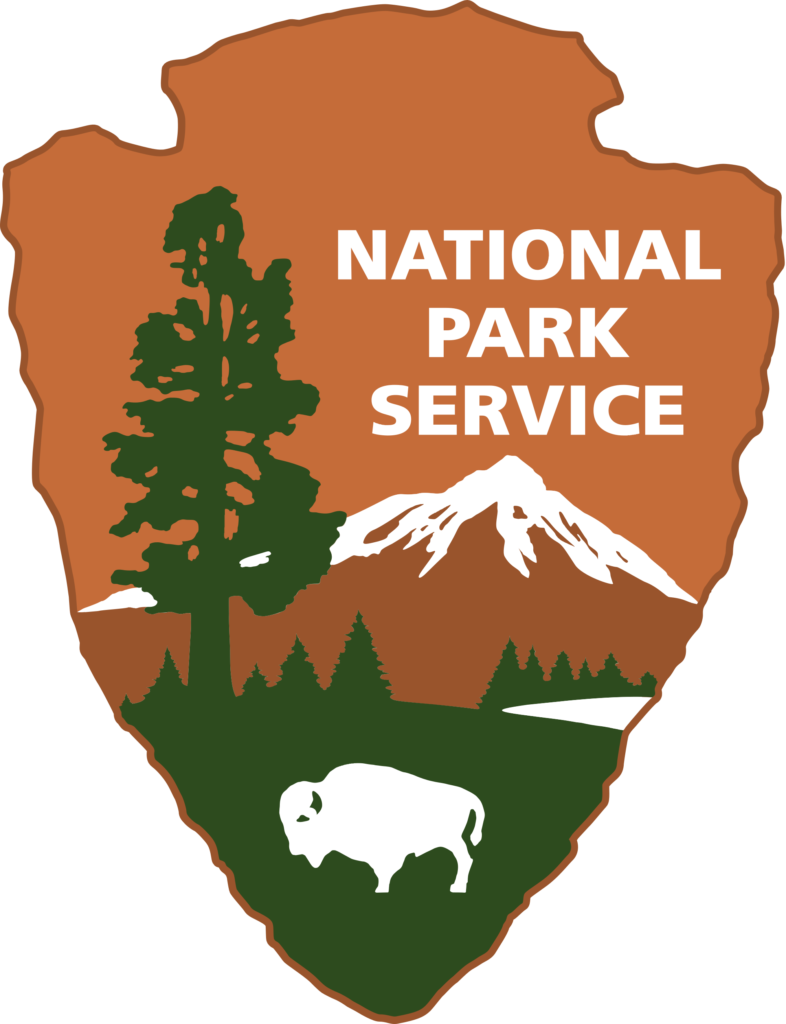With over 47% of the land west of the Mississippi managed by the federal government, not surprisingly, most jobs in wildland fire are with the federal government. The five agencies you see below are collectively responsible for managing fire on our public lands. They employ the overwhelming number of seasonal and permanent wildland firefighters every year. If you're going to spend time in fire, at some point in your career, there's a good chance you'll spend time working with the feds. Specifically, the five agencies that you see below.
In total, the Federal Government manages over 686 million acres of land in the United States. Land as diverse as the Everglades in Florida and the tundra in Alaska. Each federal agency listed above is responsible for managing their lands in accordance with the purpose of their agency. Some land is protected to provide habitat for animals, some land is managed to provide sustainable timber harvests, and some land is protected because of its importance to our nation's history. The chart below illustrates the difference in land holdings between the five major federal agencies.
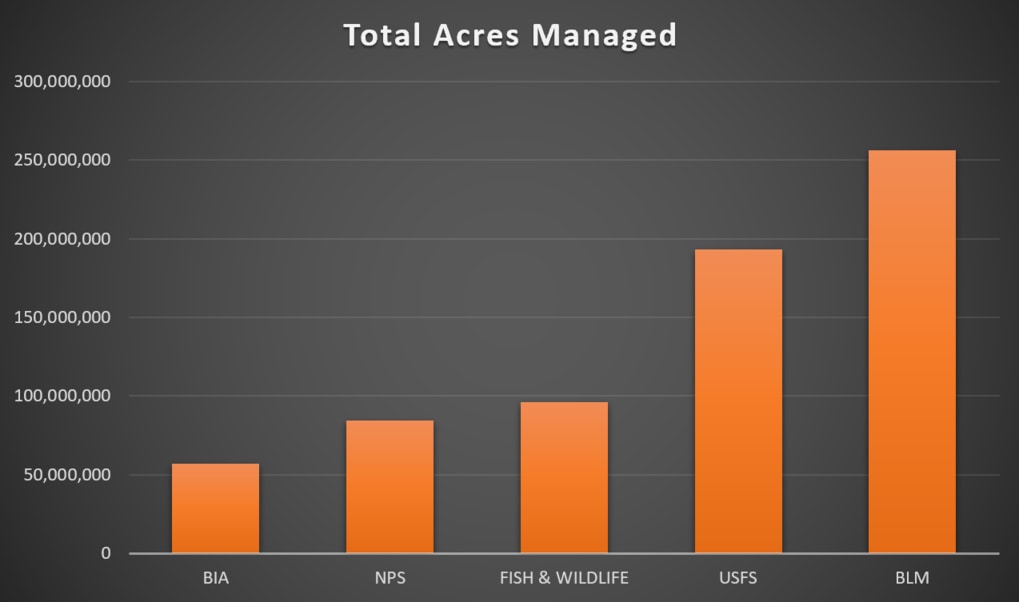
Understanding the respective size of each agency is important, especially as you begin to explore career options with each agency, because it will give you a sense of scale, and help you understand the amount of opportunities available within each agency. Knowing that the National Park Service manages less than 1/3 of the land that the Bureau of Land Management manages, which agency do you think will hire more firefighters? The BLM of course. However, despite having 60 million fewer acres, the Forest Service dwarfs all other agencies, including the Bureau of Land Management, in hiring.
Which is not surprising, given that the Forest Service has a lot of fire on its land. The chart below shows the total # of wildfires each agency had on its land in 2017. The Forest Service responded to approximately 6,600 fires in 2017. The BIA was second with 4,330, and then the BLM with 2,927 fires reported.
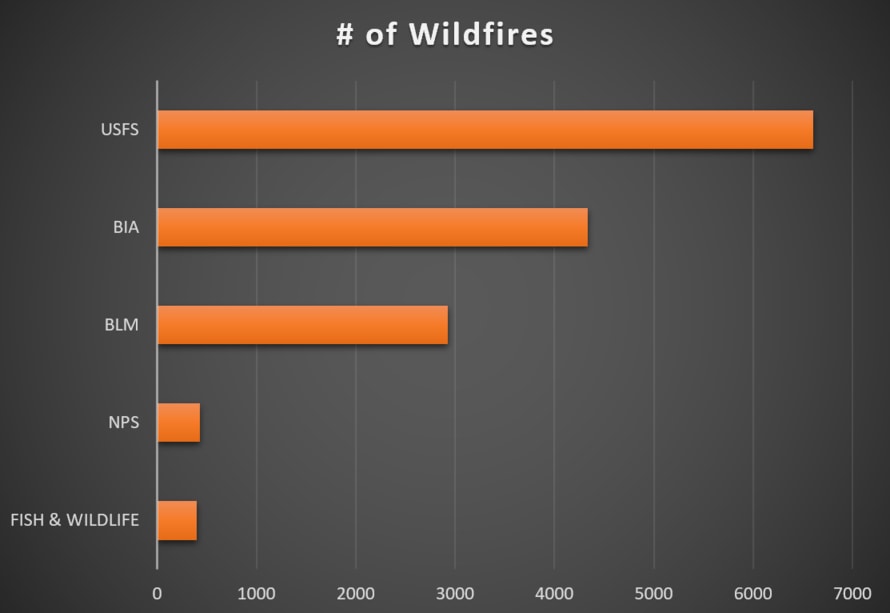
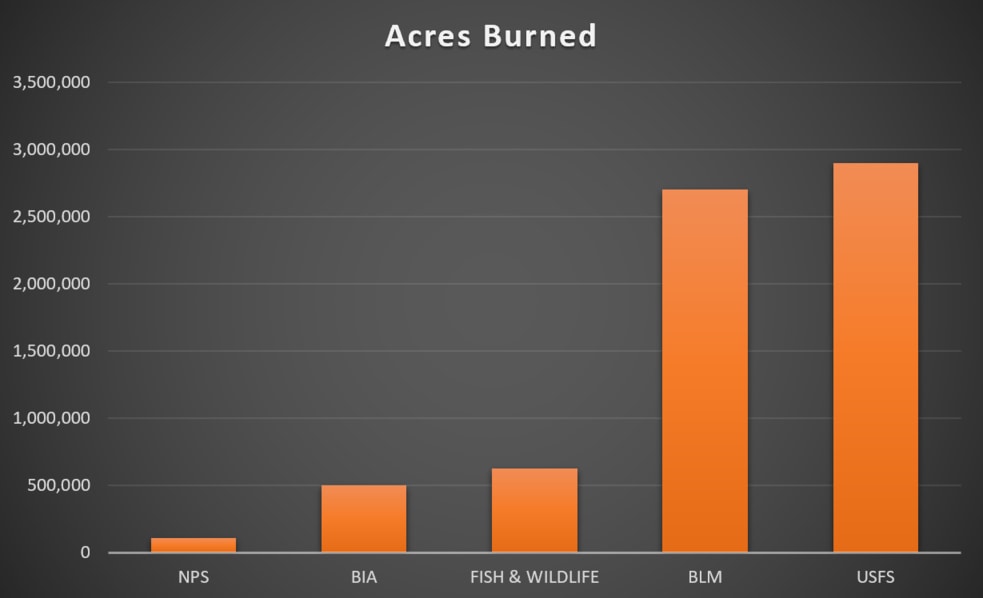
While the BIA experiences a surprisingly large volume of fire for its size, at the end of the year, when it comes time to tally total acres burned, it is the Forest Service and the Bureau of Land Management that see the greatest damage to their land. In 2017, almost three million acres of Forest Service land burned (2.9 million), while the Bureau of Land Management saw fire impact 2.7 million acres of its land.
Firefighters
As you'll see below, the overwhelming number of firefighters are employed, at the federal level, by the US Forest Service. They have more fires to contend with, and regularly experience more total acres burned than the other agencies. They have almost 2x the number of firefighters that the Park Service, Fish and Wildlife, and Bureau of Land Management have COMBINED. It's been called the Big Green Army, and you can see why because of those numbers.
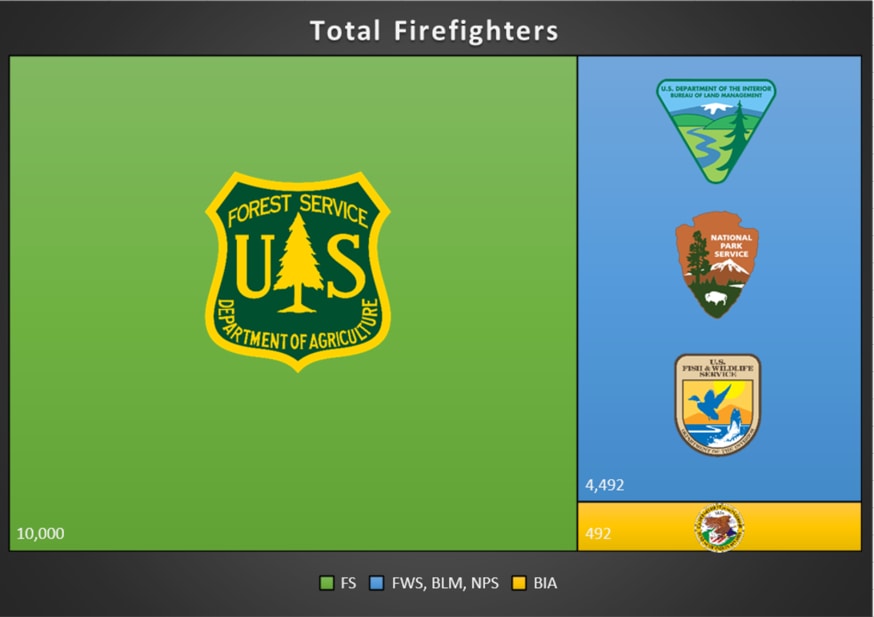
Equipment
So, how many fire engines does each agency have? As expected, the Forest Service has more engines in service than any other agency with approximately 900 engines stationed across the US. However, the BLM, NPS & FWS have 649 engines in their fleet, and the BIA has 107. It's interesting to take a look at the ratio of engines to firefighters:
- For every 11.1 firefighters, the Forest Service has 1 engine.
- For every 6.9 firefighters, the BLM, NPS and FWS has 1 engine.
- For every 4.5 firefighters, the BIA has 1 engine.
Why such differences in ratios? You would think that there would be more consistency. Each agency pretty much does the same thing, right? They fight wildland fire on federal lands. The ratio reveals that there are substantive differences in how each agency structures its firefighting force. Take the Park Service. The park service has only 2 hotshot crews and zero type 2 crews. Whereas the Forest Service has 67 hotshot crews and over a hundred Type 2 crews. Also, the Forest Service utilizes a lot of Type 3 engines. Those engines are the largest wildland engines out there. However, in some areas, bigger is not necessarily better. Smaller Type 6 engines might provide better accessibility and be more cost-effective. And instead of staffing with 4 or 5 firefighters, you might only have 2 or 3 in a Type 6 engine. Additionally, the Forest Service has a greater number of firefighters not attached to engines, such as smokejumpers and helitack personnel.
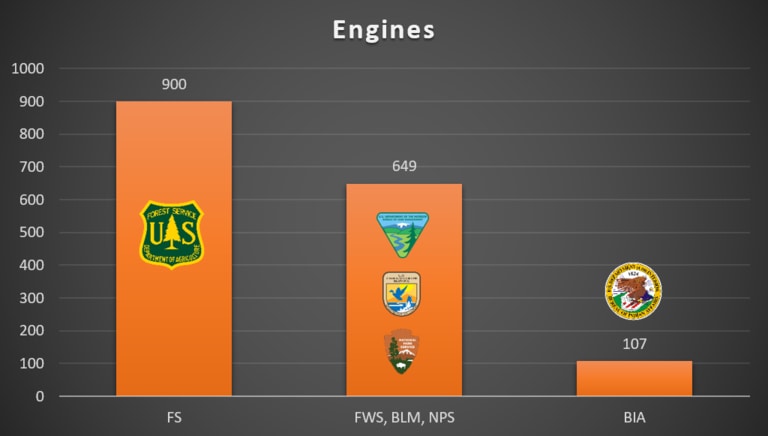
But fire engines aren't the only piece of steel muscle used to fight fire. Dozers, tractor plows, and tenders also play a key role in firefighting operations. Geography plays an interesting role in where the heavy equipment is deployed. In my three seasons in California, I never saw a tractor plow on a fire. It wasn't until I started to dive more deeply into the different fire cultures that I learned that southeastern states like Florida utilize tractor plows regularly. And while it's not Federal, the Florida Forest Service has a great page where it shares pictures of all the different heavy equipment that they use, including tractor plows. Check it out. You'll be amazed at some of the cool custom equipment they use to fight fire down there.
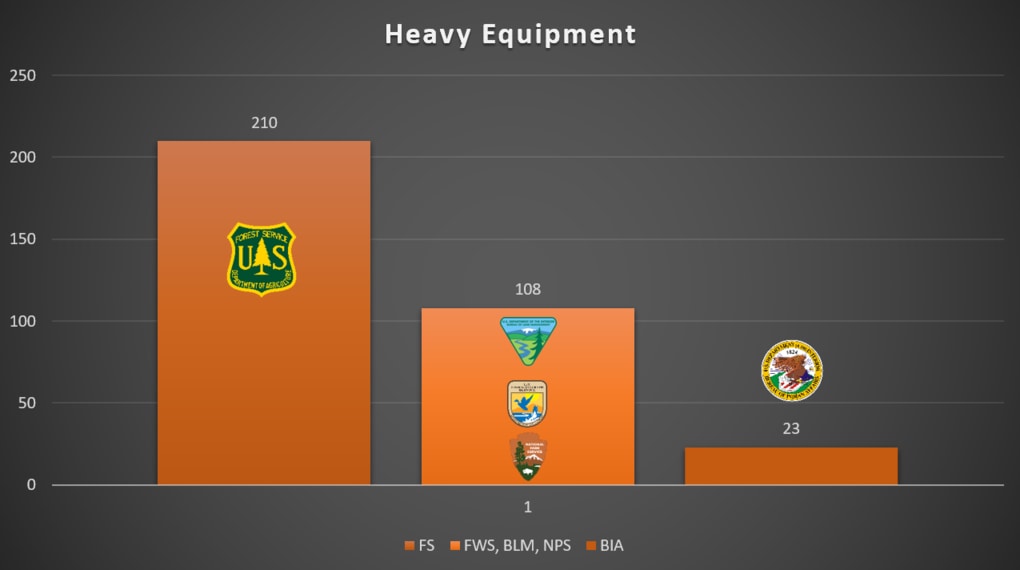
Pay
Unlike many jobs, where salaries are negotiated, that's not the case with the federal government. If you work for any of the five agencies (BIA, BLM, FS, FWS, and NPS) you will be paid according to the GS Schedule.
For many information on the General Schedule system, the Office of Personnel Management has a page with more specifics.
For 2019, the following base rates were in place for the general schedule. Note that these do not reflect locality adjustments.
| GS Level | Hourly Wage |
|---|---|
| GS-3 | $11.04 |
| GS-4 | $12.40 |
| GS-5 | $13.87 |
| GS-6 | $15.46 |
| GS-7 | $17.18 |
| GS-8 | $19.03 |
| GS-9 | $21.01 |
Locality Adjustment Pay
FederalPay.org has an amazing map that provides current information regarding locality adjustments. Adjustments are made down to the county level, so if you know what county your duty station will be, you'll be able to determine what your pay will be before you even apply.
